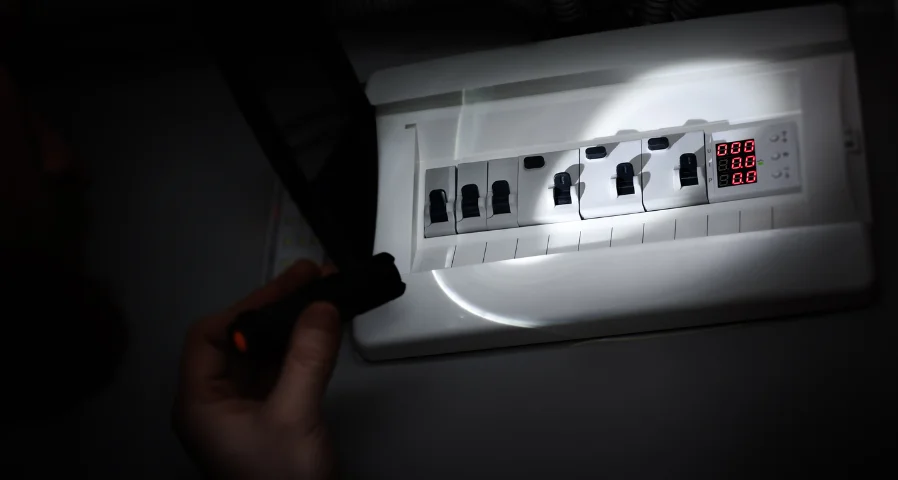Daylighting Controls & Daylight Savings: Optimizing Natural Light Through the…
Studies have shown that natural lighting has proven to improve workplaces by helping employees be more…

Electricity is the backbone of modern life. From schools and hospitals to retail centers, office buildings, and industrial facilities, every sector relies on uninterrupted power to keep operations running smoothly. When outages occur, the consequences can range from minor inconveniences to severe safety and financial risks. This is why organizations of all kinds must prioritize both backup power systems and preventative electrical maintenance as part of their operational strategies.
A reliable backup power supply is critical for continuity in any environment. In healthcare, it ensures lifesaving equipment remains functional. In retail, it keeps security systems, refrigeration, and lighting operational. In education, it powers digital learning tools, communications, and safety equipment. Without a dependable safety net, even short-term outages can cause costly disruptions.
The recent outage at Aptos High School in California illustrates the vulnerability that comes with inadequate power redundancy. A campus electrical issue forced the school to cancel classes for multiple days, leaving students, teachers, and families scrambling. Generators provided only limited service, and learning was significantly disrupted. While this example is from education, similar scenarios play out in businesses and public facilities across the country whenever power reliability is overlooked.
Backup systems like uninterruptible power supply (UPS) units and standby generators act as safeguards against these disruptions. They ensure operations continue while long-term repairs or utility work are carried out, protecting both safety and productivity.
While backup systems address outages when they occur, preventative electrical maintenance helps prevent outages in the first place. Electrical systems naturally degrade over time, and without regular inspections, issues such as faulty wiring, overloaded circuits, or aging switchgear can go unnoticed until failure strikes.
For facilities across industries, preventative maintenance means scheduled inspections, system testing, thermal imaging, and proactive repairs. In schools, it may mean ensuring classroom circuits and lighting are reliable. In manufacturing, it could involve maintaining heavy-duty panels that power machinery. In offices and healthcare facilities, maintenance ensures that building automation, elevators, and life safety systems remain functional and compliant.
Regular maintenance also guarantees that backup power systems themselves are ready to perform when needed. Too often, a generator that hasn’t been tested fails at the moment, it is most critical. Preventative care closes that gap.
The ripple effects of outages go far beyond immediate inconvenience. Businesses lose revenue, critical processes stall, and reputations suffer when customers or stakeholders experience service interruptions. Safety risks also increase when emergency lighting, fire alarms, or security systems are offline.
The Aptos High School outage is a reminder of this broader reality. Power failures at any facility, whether a school, hospital, or business, can quickly disrupt entire communities. Without backup systems and preventative care, organizations risk being unprepared for the inevitable.
To safeguard continuity and resilience, organizations should integrate both strategies into their operational planning:
Reliable electricity is essential for safety, productivity, and trust. A robust backup power supply and consistent preventative electrical maintenance form a two-pronged defense against outages and their costly consequences. As the Aptos High School example shows, waiting until failure occurs is far too risky. By planning ahead, organizations across industries can ensure they remain resilient, no matter what challenges the electrical grid or their internal systems may present. Click here to read the original article, published September 15, 2025, by Lookout Santa Cruz.